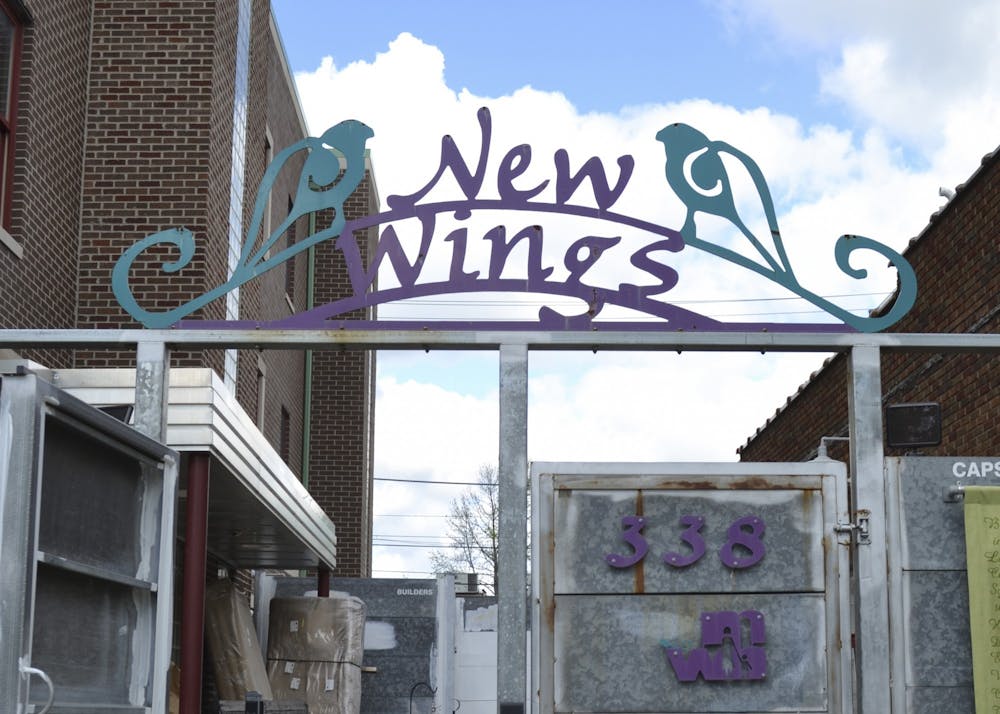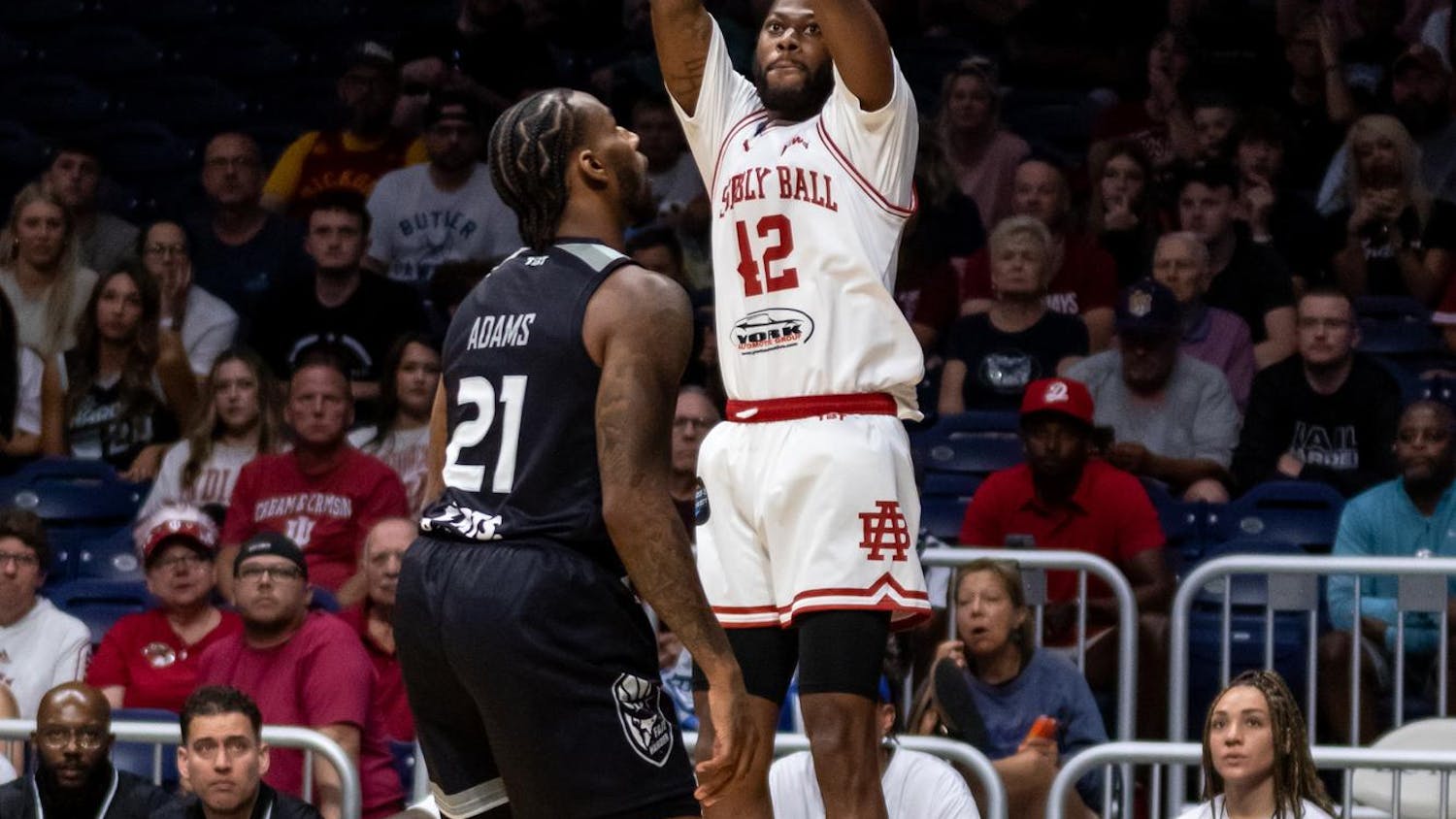Domestic violence took the lives of four more Bloomington residents last Sunday. Jeff Mumper is believed to have killed his wife, Annamarie Greta Simon-Mumper and children, Emma and Jakob Mumper, before taking his own life.
While particularly devastating to the Bloomington community, last Sunday’s act of domestic violence is far from an isolated incident. The onset of COVID-19 has increased the amount of time many survivors spend in the home with their abuser, exacerbating the rates of domestic violence and intensity of the abuse.
In a time when rates of domestic violence are increasing internationally, nationally and locally, we must re-examine society’s current tools for responding to incidents of domestic violence. Current law enforcement and existing laws are not a suitable response to domestic violence reports and often perpetuate further harm.
Middle Way House, a Bloomington domestic violence shelter, has documented a severe increase in reports of domestic violence to their center following periods of pandemic-induced quarantine.
“At the very beginning of quarantine, it was not as high, and then it did increase because at the beginning people were quarantined with their abusers and unable to reach out,” said Amalia Shifriss, Middle Way House’s outreach and communications coordinator.
According to Debra Morrow, the executive director of Middle Way House, calls to the organization’s crisis line in 2020 have almost doubled the total number of calls received in 2019. The crisis line has received 906 total calls from Bloomington residents experiencing domestic abuse as of Sept. 14, surpassing the 467 calls received in all of 2019. Nearly three times as many calls were placed in June as in April, Morrow said. This may indicate survivors were able to seek help as some quarantine measures were lifted.
These alarming trends are reflected nationally. In a survey of 22 U.S. law enforcement agencies, 18 described a noticeable increase in reports of domestic abuse since March. The trends are also consistent on a global scale, with international organizations referring to the increase in violence as a “double pandemic.”
Survivors experiencing domestic violence are often subject to repeated abuse. Barriers making it difficult to leave an abuser, particularly the threat of financial instability, are exacerbated due to the circumstances of the pandemic.
“It takes an average of seven times for someone to leave their abuser permanently,” Shifriss said.
For every survivor of domestic violence who reports their abuse, there are countless more who do not. The reasons for not reporting abuse or leaving an abuser are apparent. Fears of retaliation, sacrificing shared relationships and financial instability only begin to explain survivors' concerns.
Fears surrounding reporting to local law enforcement run even deeper. More than half of the survivors interviewed said they believed calling the police would worsen their situation, according to a 2015 National Domestic Violence Hotline study. Two-thirds or more reported concerns the police would not act in response to their calls.
Under the status quo, survivors of abuse are expected to turn to armed police officers when experiencing violence. Inviting an armed officer into one’s home threatens the survivor or their loved ones with arrest for exercising self-defense against an abuser. When individuals experiencing abuse do not feel that they will be supported by law enforcement, they are likely to turn to force as a tool of self-defense.
Centuries-old self-defense laws increase the likelihood of a survivor’s arrest. Survivors, acting in self-defense, are more likely than perpetrators, acting intentionally, to leave visible injuries. Visible injuries are weighed as probable cause to charge the survivor rather than the perpetrator. A survivor is, at best, protected in instances of self-defense only when they are being actively attacked and not when exercising force to respond to a persistent threat of ongoing violence.
This leniency toward abusers results in the incarceration of survivors who seek recourse. Ninety percent of women in prison for killing men previously suffered abuse at the hands of those men.
This reality is particularly concerning for Black and Indigenous people, who are more likely to be incarcerated for self-defense against an abuser. White women survivors are met by law enforcement with greater sympathy than Black women, making the arrest of Black women for exercising self-defense more likely. Systemic racism distorts the ways police and prosecutors arrest and charge women of color in self-defense cases.
“Black women have been excluded from definitions of ‘respectable’ and/or ‘proper’ womanhood, sexuality and beauty, influencing how their right to bodily autonomy – and agency – is viewed,” wrote Mariame Kaba, police abolitionist and researcher in residence at Barnard Center for Research on Women, in a 2019 column published by the Guardian.
Law enforcement officers are also likely to sympathize with abusers rather than survivors due to the rampant domestic abuse among officers themselves. Data regarding domestic violence committed by police is scarce for some obvious reasons, including a fear that responding officers won’t side against police abusers and might even make the situation worse.
An oft-cited 1991 study found 40% of police officer families experience domestic violence. More recently, however, Alex Roslin, author of the 2015 book Police Wife: The Secret Epidemic of Police Violence, estimated police officers engage in domestic violence at a rate 15 times greater than the general population. Law enforcement officers, those currently intended to protect survivors, are often abusers themselves. Survivors should not be expected to turn to someone whose sympathies and violent tendencies align with their abuser.
Among women who reported domestic violence to the police, only one in five felt safer, while one in three reported feeling less safe. An astounding two in three said they were somewhat or extremely afraid to call the police in the future, 80% of them citing a fear the police wouldn’t believe them or would do nothing.
Patrisse Cullors, co-founder of Black Lives Matter, has long advocated shifting funding from police to domestic violence support groups and shelters. Community-based responders trained in crisis intervention should respond directly to calls reporting domestic violence rather than police.
A structural shift in our community’s response to domestic violence incidents has long been necessary, and the pandemic-induced increase in reports of abuse demands a response. Reformed self-defense laws that effectively protect survivors and a community-based response separate from law enforcement are vital to the ability of survivors to seek recourse.
As we seek an improved system to respond to calls of domestic violence, Shifriss encourages Bloomington community members to offer support to those who may be facing domestic violence. For more information on how to best offer support, refer to Shifriss’ column on the topic.
Those in need of immediate help or support can call Middle Way House’s 24-hour, confidential crisis line at 812-336-0846.
Maddie Butler (she/her) is a sophomore studying International Law and Arabic. She is the director general of Indiana Model United Nations.






